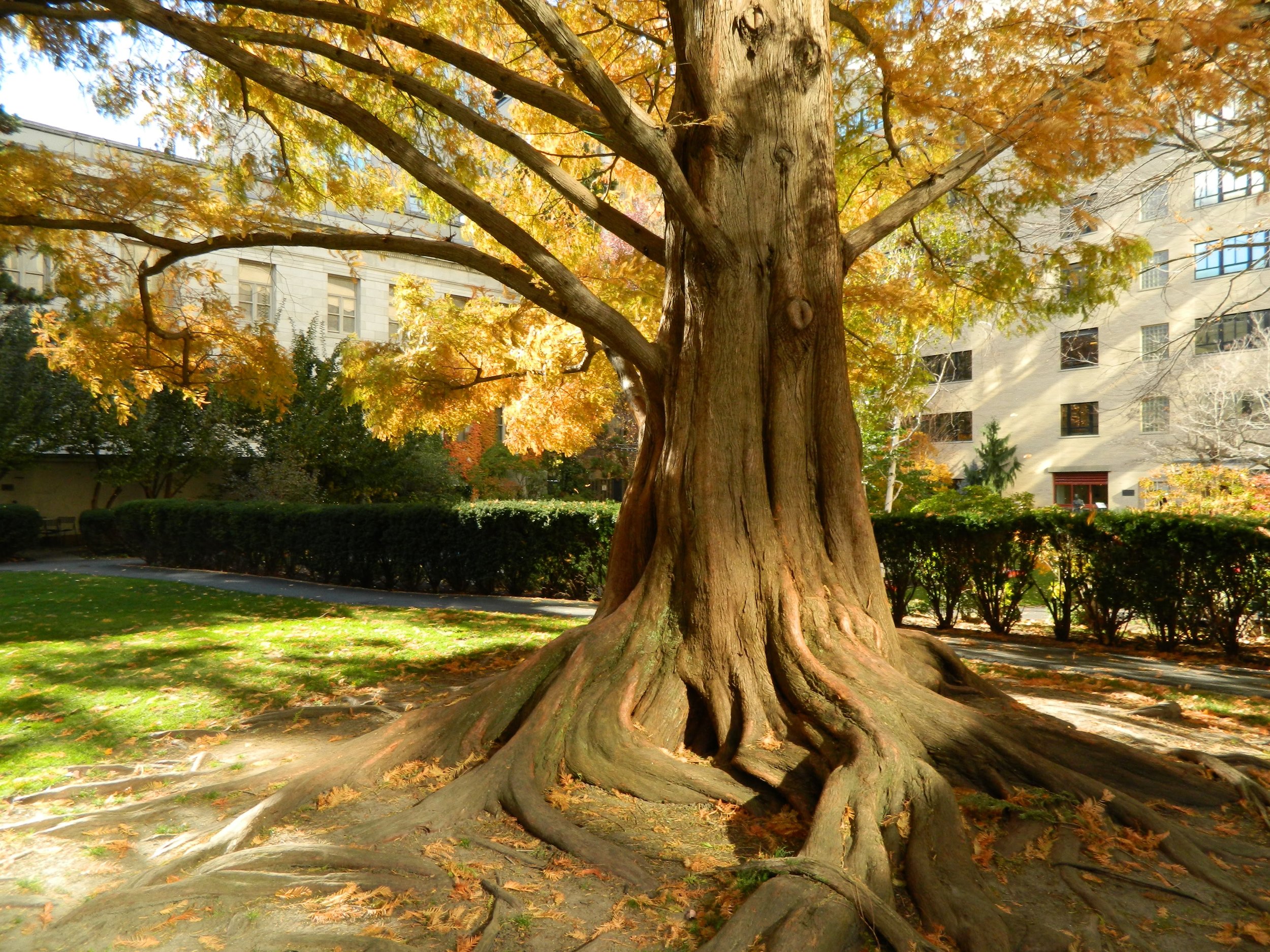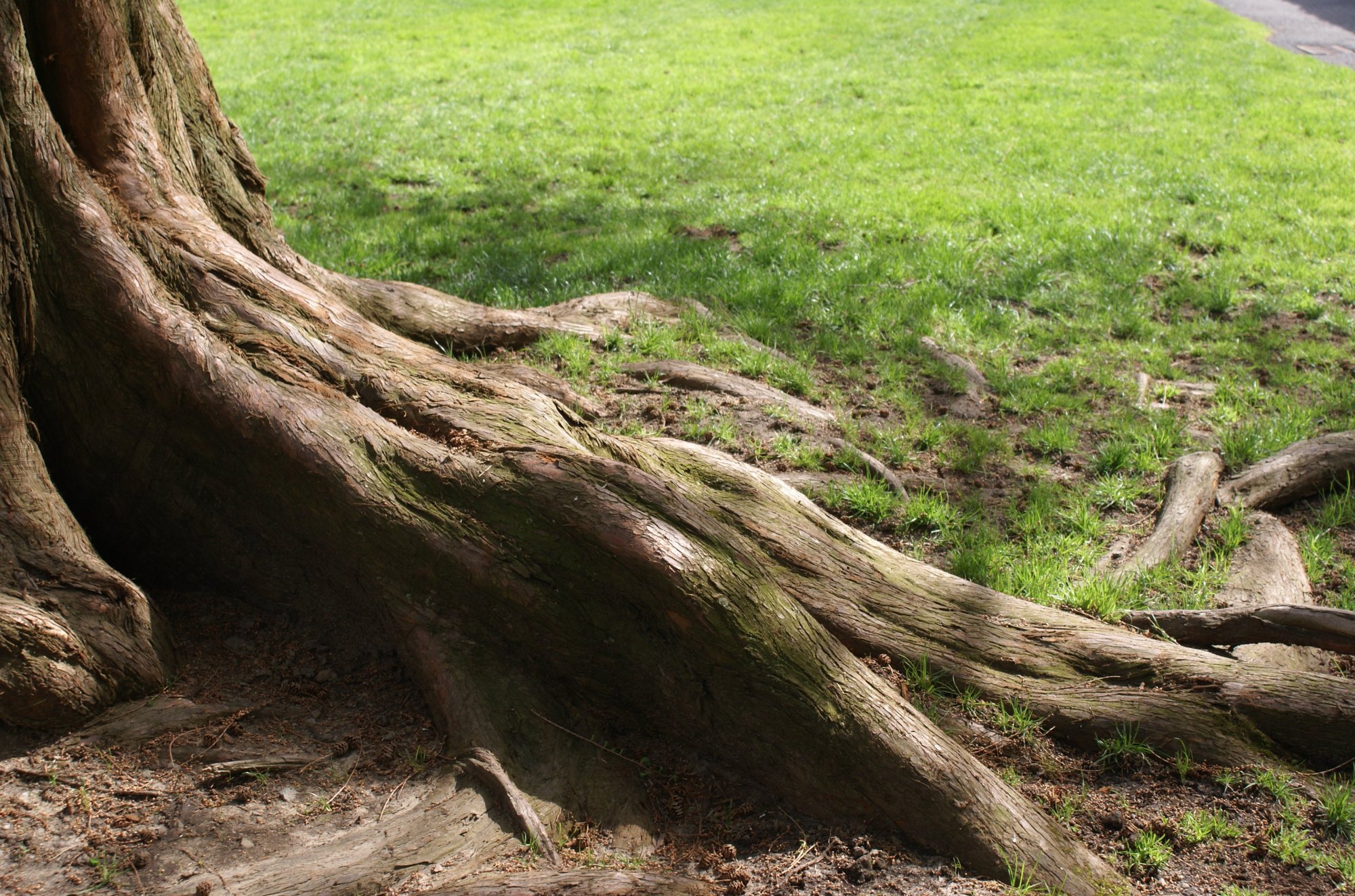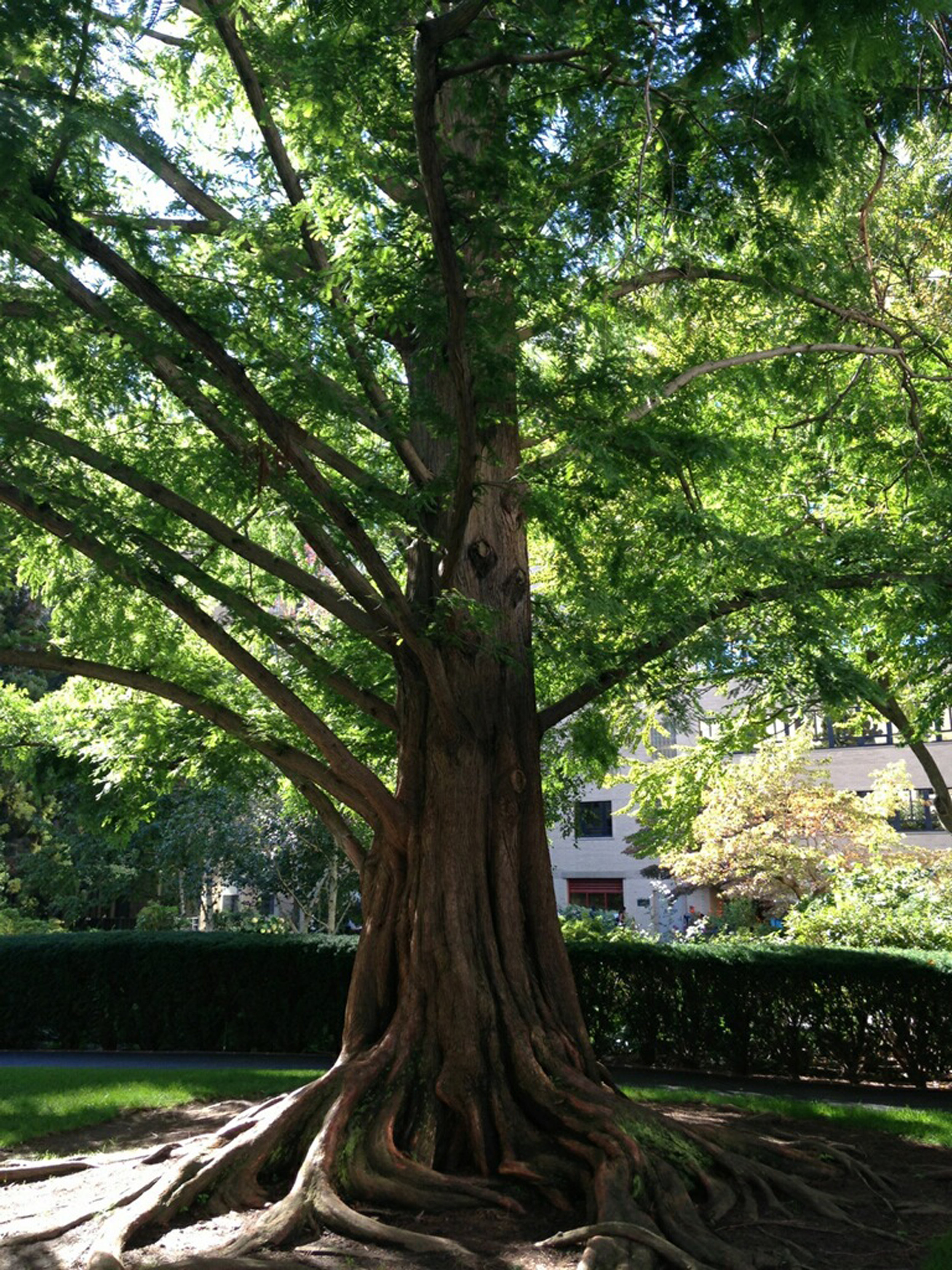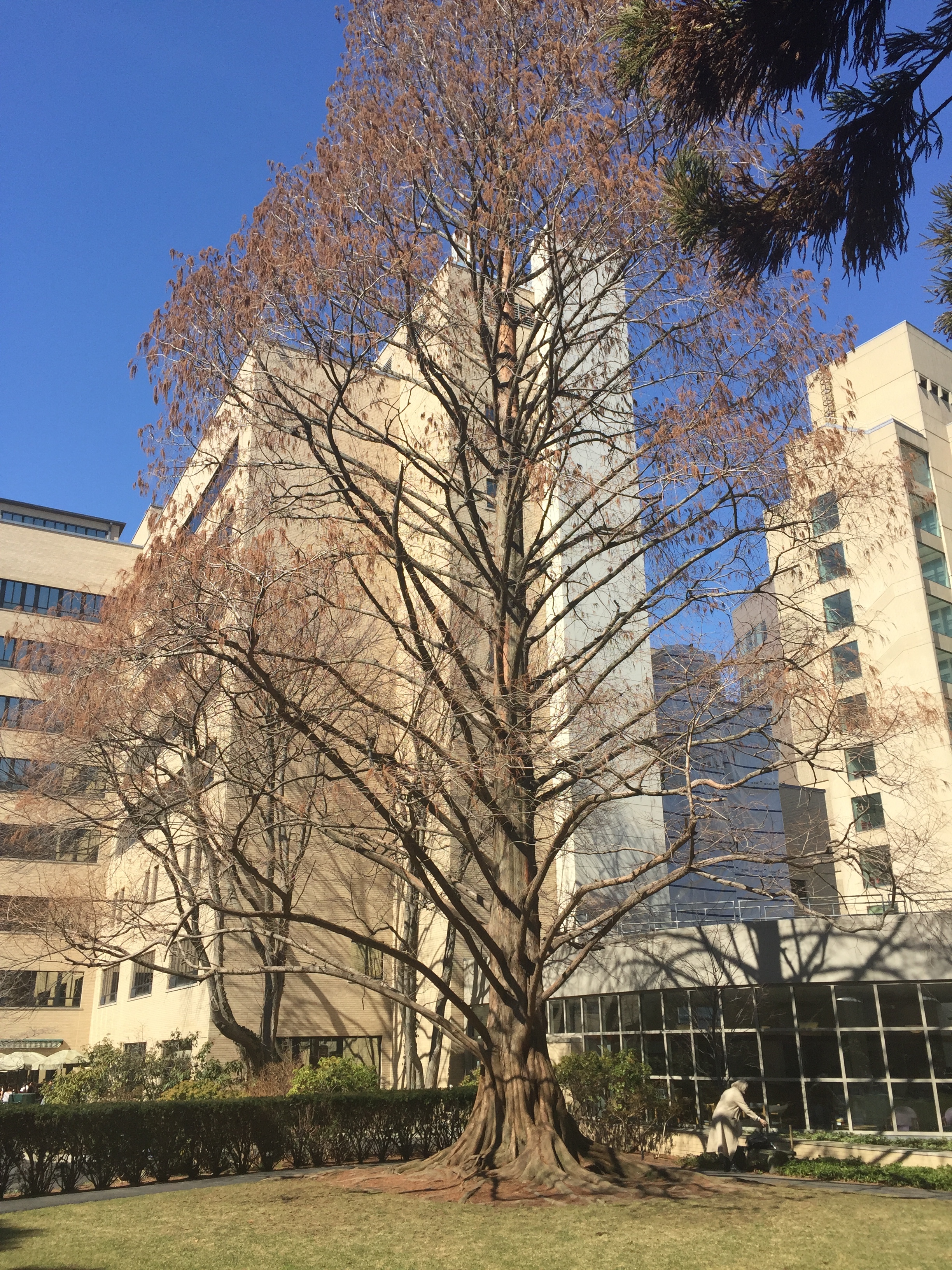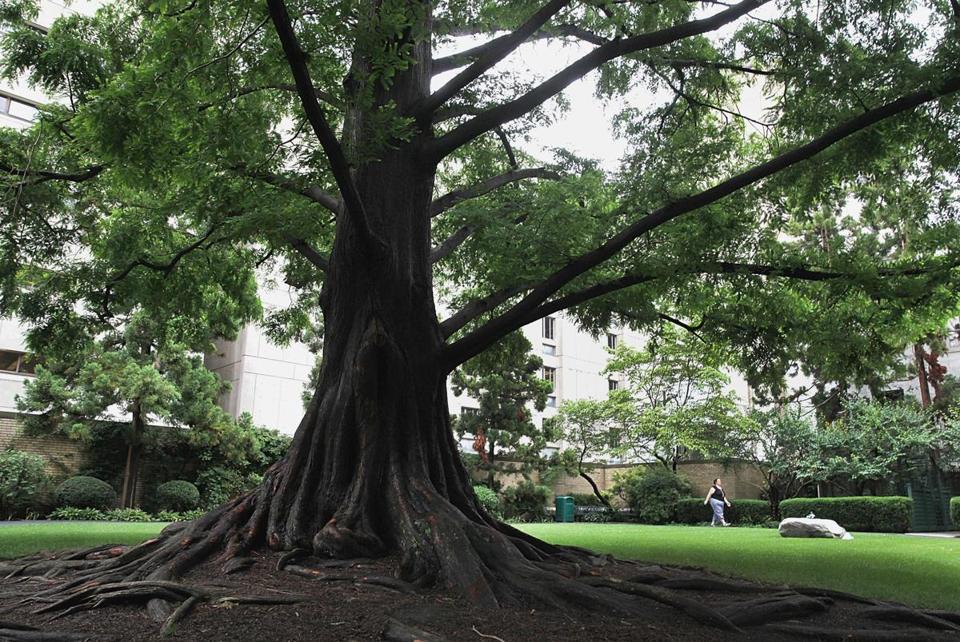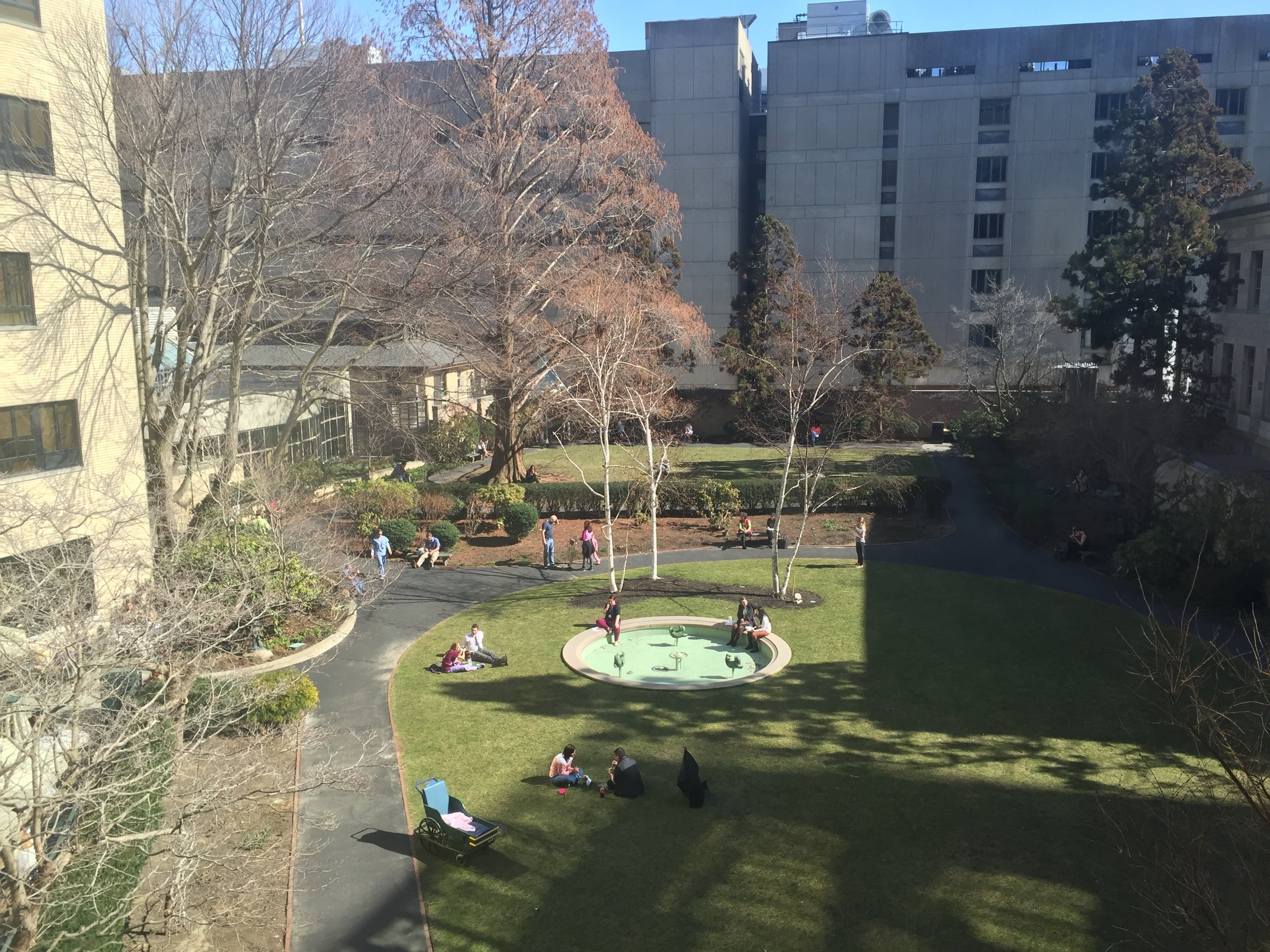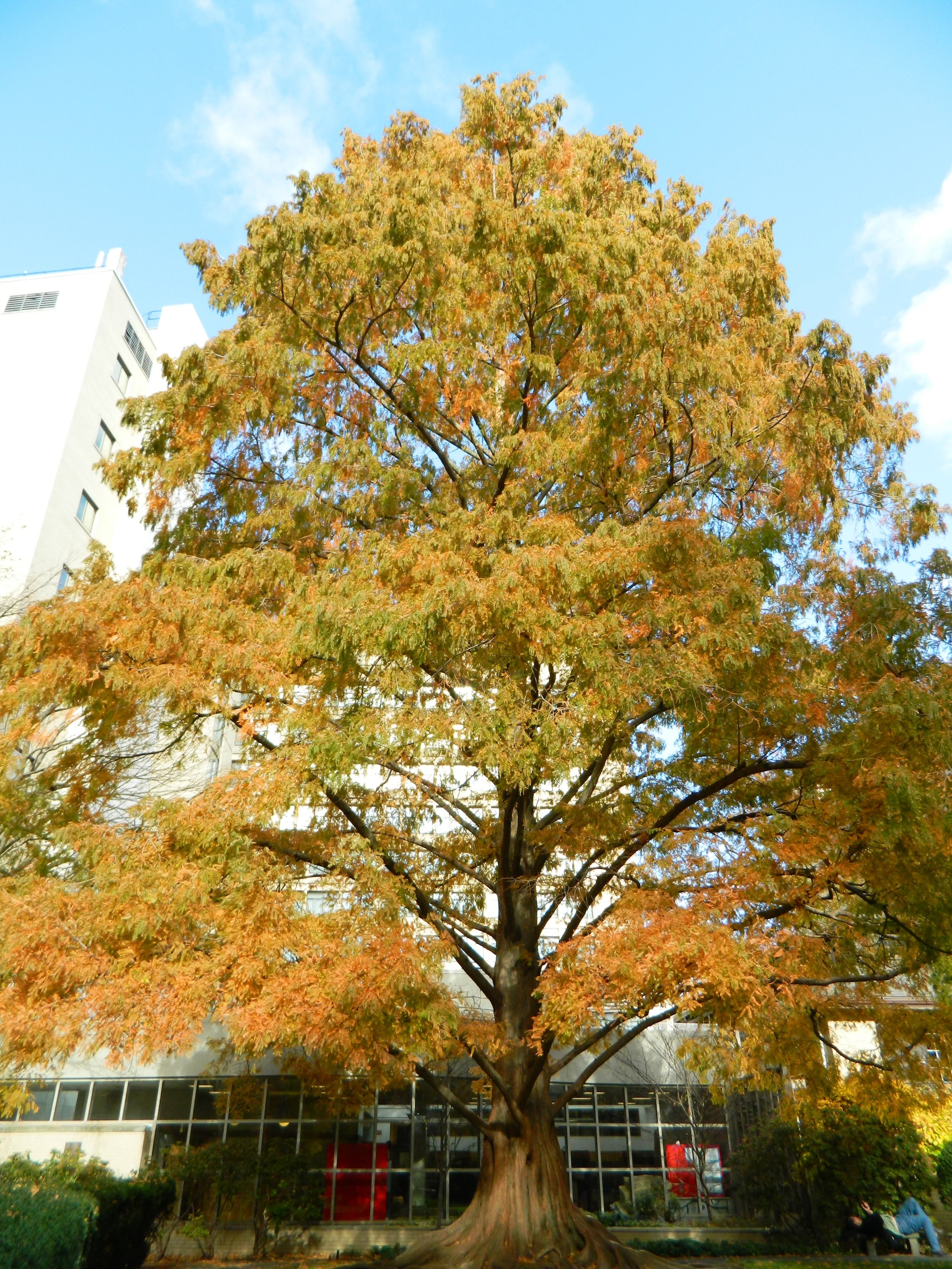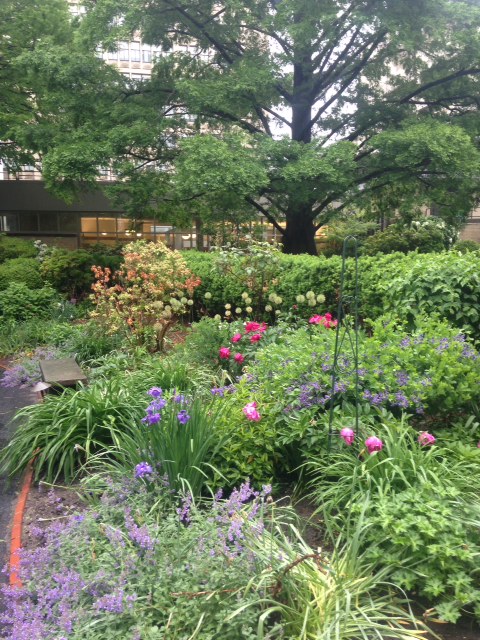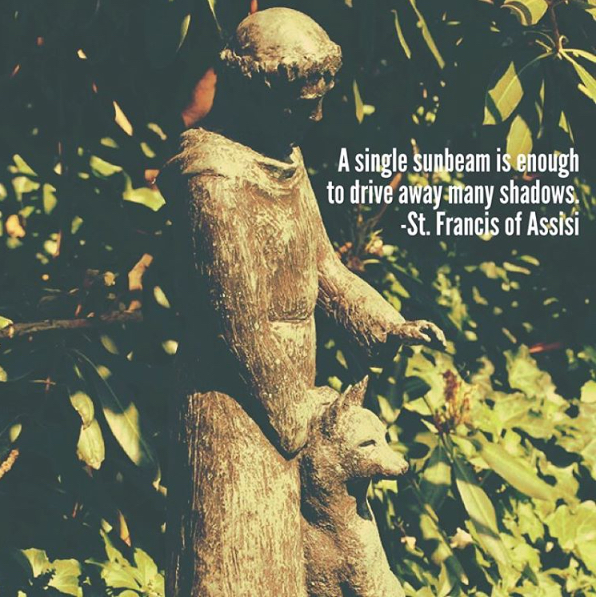“Whether patient, family member, or hospital staff member, the Prouty Garden provided a refuge from despair for all.”
This year’s Earth Day marked the 48th year of an annual commemoration of the fundamental importance of nature and the environment to our lives.
At a time when so much of the natural world is under pressure, if not outright assault, Earth Day serves as a reminder that mankind’s ability to damage, and sometimes destroy, the natural world by no means negates the primary importance of the natural world or the deep value that world provides to all of us.
Nature, in the end, is all powerful, but it exercises its power in a perplexingly quiet way. When assaulted, it allows itself to be wounded. Pollution, eradication of species, destruction of irreplaceable resources – all seem to be met with initial silence and submission. In the pursuit of small-minded human purposes, unfathomably valuable resources often seem to fade from view in eerie silence.
After the loss of such resources, some may not even realize something of great value was once there. Can any of us imagine what it must have been like, not that long ago, when the skies darkened for hours with vast flocks of birds flying overhead during the spring and fall migrations? Can any of us envision what the Charles River must have been like before it became the “Charles River” – a river flowing in its natural state teeming with fish, unencumbered by human development and the structures that influence and control its flow today?
And yet, even as some of nature’s most significant treasures are destroyed by people who are blind to their true value, those who take the time to learn about these treasures and look for evidence of their existence can sometimes be rewarded. The evidence to be found is fragmentary, but the existence of any evidence at all provides testimony that something of great significance was once there, and is yet possible to be found. We are left to imagine exactly what these treasures would have been like in their full glory, but the existence of even a small piece of that thing that was once so significant helps us comprehend its full value.
The Prouty Garden at Boston Children’s Hospital was such a treasure and during the week of this year’s Earth Day, it provided a fragmentary piece of evidence testifying to its deep value. The picture above was taken a few days ago. In this picture, you can find the root base upon which the garden’s great Dawn Redwood stood for 60 years, testifying to all who have the compassion to see it that there was once a garden here that brought deep solace to patients, families and staff who came to Boston Children’s Hospital to confront the most threatening of maladies imposed on the most innocent of people. Whether patient, family member, or hospital staff member, the garden provided a refuge from despair for all.
And the tree, symbolically, and perhaps in a true and real spiritual sense, drew in the worst of those fears and the deepest of despair and gave back hope and confirmation that there is more to our existence than just our physiological well-being. Love, courage, faith, compassion, hope, patience, endurance and a myriad of other qualities play a far greater role in determining whether we live a “good life” or not. The Prouty Garden was a place where one could go to confirm that truth every day.
You can see it in the roots.
